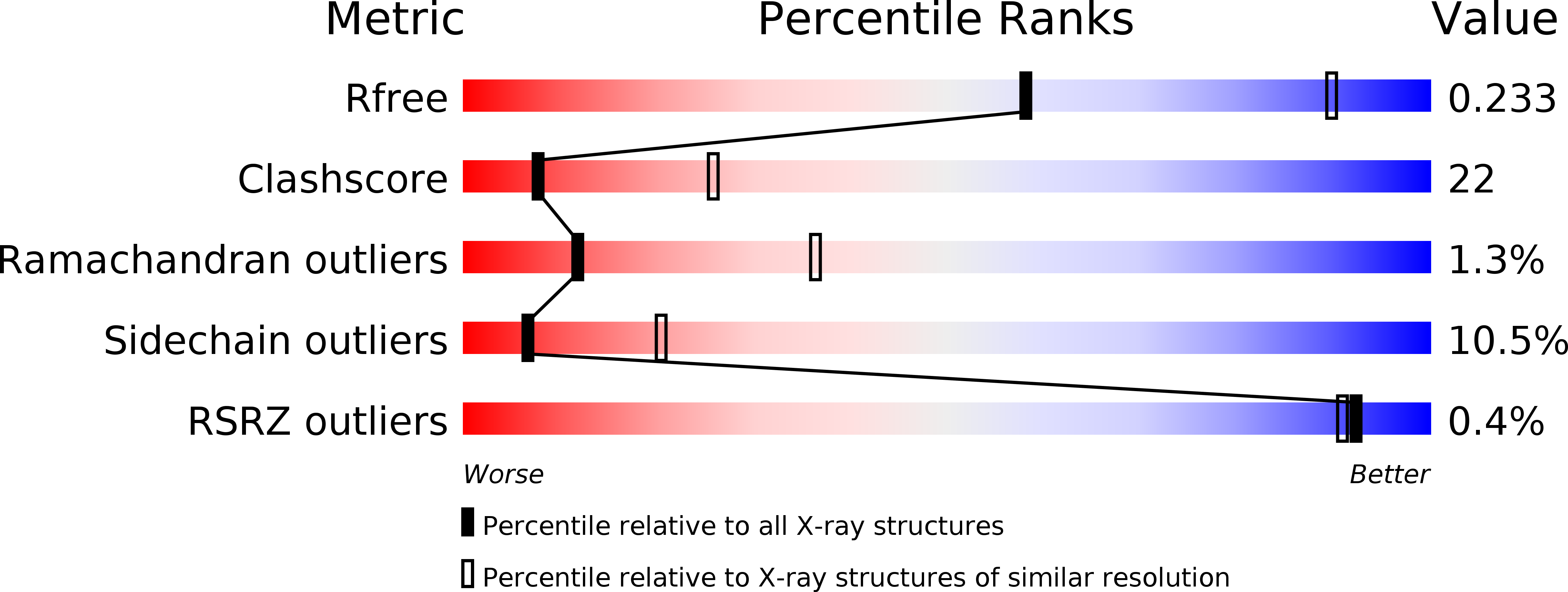
Deposition Date
2009-09-07
Release Date
2009-09-22
Last Version Date
2024-03-13
Entry Detail
PDB ID:
3A6O
Keywords:
Title:
Crystal structure of Thermoactinomyces vulgaris R-47 alpha-amylase 2/acarbose complex
Biological Source:
Source Organism:
Thermoactinomyces vulgaris (Taxon ID: 2026)
Host Organism:
Method Details:
Experimental Method:
Resolution:
2.80 Å
R-Value Free:
0.23
R-Value Work:
0.15
R-Value Observed:
0.16
Space Group:
P 21 21 21


